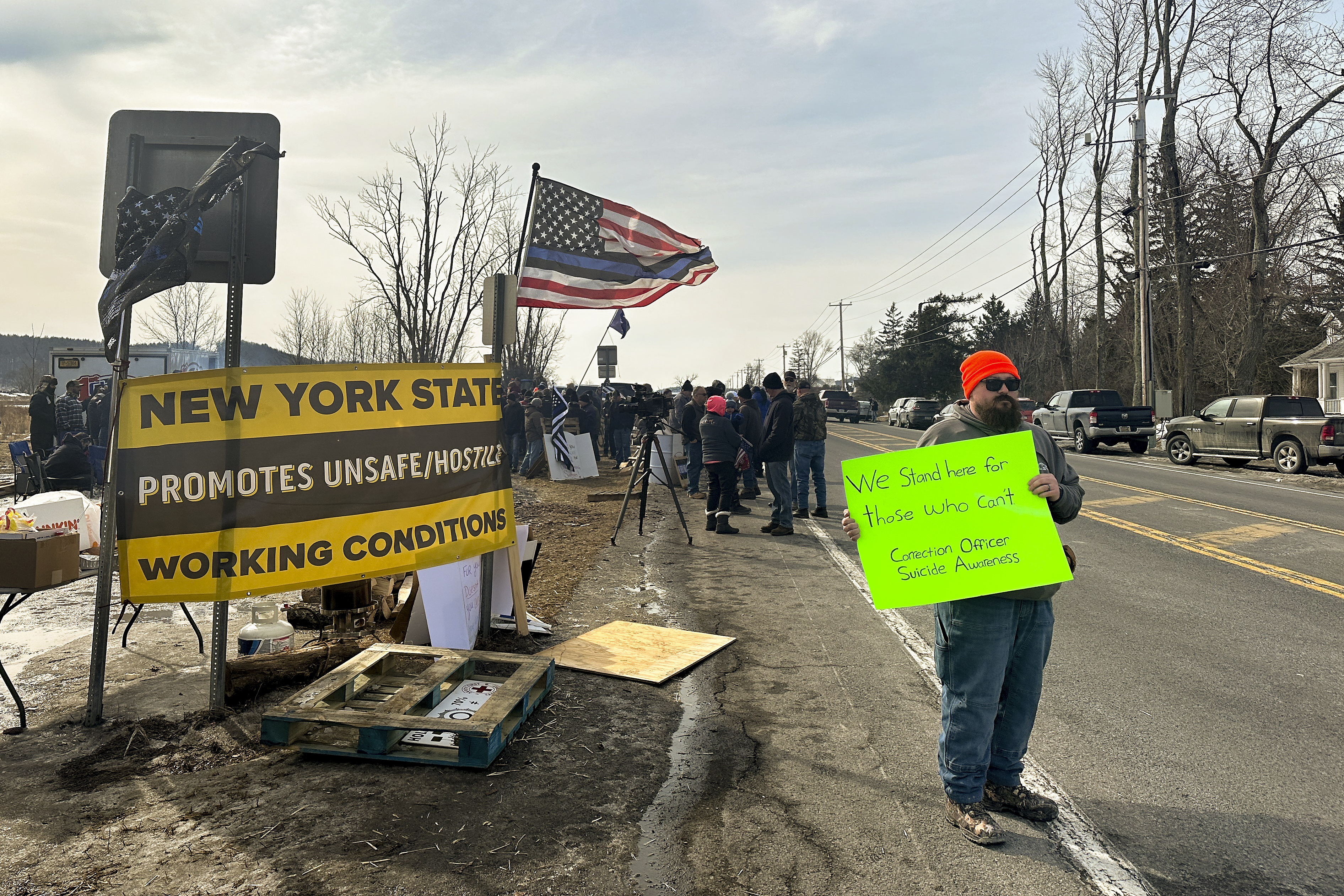New York City's "Boulevard of Death" is getting a makeover.
A $100 million project to redesign Queens Boulevard was announced Tuesday by the New York City Department of Transportation.
The plan aims to make the seven-mile boulevard that cuts through the heart of Queens safer for drivers, bicyclists and pedestrians.
Work on the project will begin soon, with a 1.3-mile segment between Roosevelt Avenue in Sunnyside and 73rd Street in Elmhurst expected to be completed by August.
The project will eventually cover all 7 miles of the corridor. Additional phases of the project will include the stretch between 73rd Street and Eliot Avenue in Rego Park and between Eliot Avenue and Union Turnpike in Kew Gardens.
Queens Boulevard is one of the most dangerous thoroughfares in NYC and has been the concern of residents and officials for years, according to the DOT. This has earned it the nickname "Boulevard of Death" and "Boulevard of Broken Bones."
Between 2003 and 2013, 38 people were killed and 448 severely injured in accidents along the boulevard. Six people were killed and a "significant" number severely injured along the western segment between 2009 and 2013, the DOT said.
Local
"After decades of crashes, many of them fatal, this corridor has been re-imagined and will be redesigned to become a safer, greener, and more attractive corridor for residents and businesses, suitable to traverse through the World's Borough," DOT Commissioner Polly Trottenberg said.
The DOT used the public's input and a study of traffic and safety conditions to develop the project. Among other things, residents at a public workshop in January were concerned about speeding along the corridor, as well as tense conditions between pedestrians, cyclists and vehicles.
The plan will focus on keeping through traffic on the main roadway and reducing the number of drivers "road shopping," or switching repeatedly between lanes.
The plan also looks to eliminate the highway-like design of the boulevard and will widen its service roads and pedestrian areas. Drivers looking to switch from the main roadway onto a service road will have to stop and use right-turn lanes.
Protected bike lanes will also be incorporated.
Ultimately, the project envisions tree lined pedestrian walkways on either side of the main roadway. Alongside these will be a bike lane, service road, parking lane and sidewalk, respectively.
Queens Boulevard runs from the Queensboro Bridge in Long Island City to Hillside Avenue in Jamaica, Queens and is one of the most heavily-trafficked roadways in the borough. It was designated a Vision Zero Priority Corridor by the de Blasio administration.
In a statement, Paul Steely White, the executive director of Transportation Alternatives, an organization that promotes bicycling, walking and public transit, lauded the planned redesign.
"For years, Queens residents have asked for safety improvements on Queens Boulevard, and now Mayor de Blasio has listened and delivered," the statement said. "His vision for Queens Boulevard, and the pace of this planned safety redesign, will set the tone for the transformation of dangerous streets across the five boroughs. If we take the same approach to the rest of New York City’s most dangerous major streets, we can save 50 lives a year and prevent thousands of injuries."



